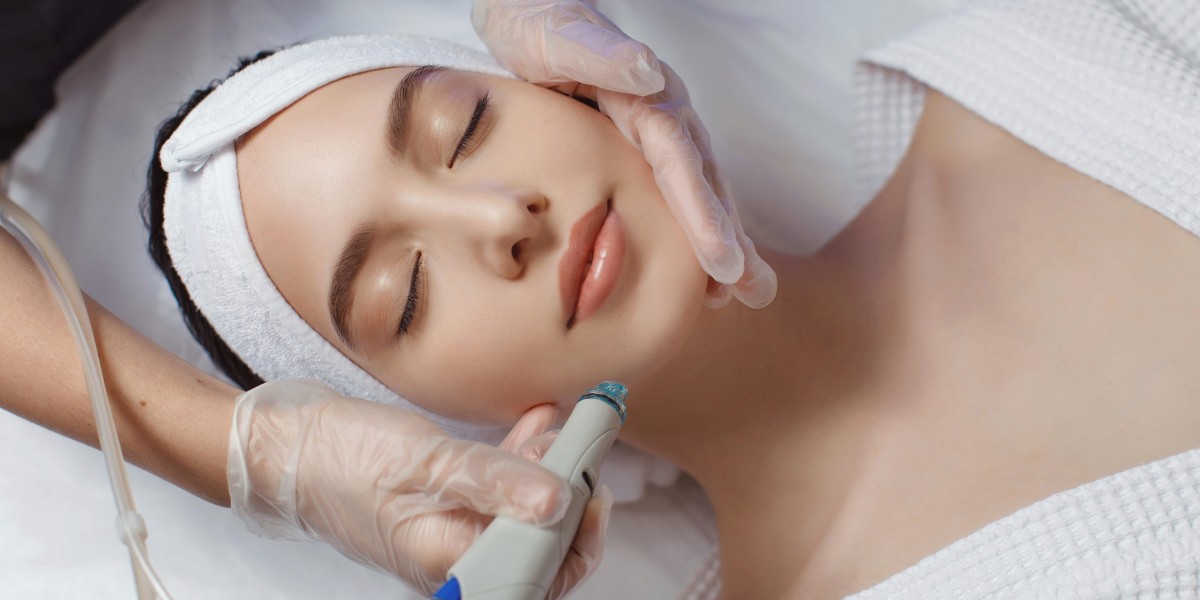HydraFacial treatments are celebrated for their ability to rejuvenate and hydrate the skin, providing immediate results and a radiant complexion. However, for some individuals, the aftermath can be less than ideal. If your Skin Looks Worse After Hydrafacial, you might be wondering why and what you can do to fix it. This beginner's guide will explore common reasons for this reaction and offer practical advice to help you navigate through the process.
Understanding the HydraFacial Treatment
A HydraFacial is a popular non-invasive facial treatment that uses a patented device to cleanse, exfoliate, extract, and hydrate the skin. It combines these steps with serums tailored to address various skin concerns, such as dryness, fine lines, and acne. The treatment is known for its immediate results, often leaving the skin looking refreshed and glowing. However, in some cases, clients report that their skin looks worse after HydraFacial.
Why Skin Looks Worse After HydraFacial
Temporary Reactions
It's essential to understand that a HydraFacial can sometimes cause temporary reactions. After the treatment, your skin might appear red or inflamed. This is often due to the exfoliation and extraction processes, which can stir up underlying impurities. This redness and swelling usually subside within a few hours to a few days as your skin calms down.
Post-Treatment Purging
HydraFacial treatments often stimulate the skin’s natural renewal processes. This can cause impurities and clogged pores to come to the surface, resulting in a short-term breakout or worsening of existing acne. This “purging” is a normal reaction and indicates that the treatment is working to clear out your pores.
Skin Sensitivity
After a HydraFacial, your skin might be more sensitive than usual. This increased sensitivity can make your skin react more strongly to environmental factors, such as sun exposure or skincare products that you normally use without issue. This can result in irritation or an exacerbation of existing skin concerns.
What to Do When Your Skin Looks Worse After HydraFacial
Follow Post-Treatment Instructions
Adhering to the aftercare instructions provided by your skincare professional is crucial. These instructions typically include avoiding direct sun exposure, using gentle skincare products, and staying hydrated. Proper post-treatment care helps your skin recover more quickly and minimizes the risk of adverse reactions.
Hydrate and Soothe
Keeping your skin hydrated is vital after a HydraFacial. Use a gentle, hydrating moisturizer to help soothe any irritation and support your skin’s natural healing process. Look for products with ingredients like hyaluronic acid or aloe vera, which can provide relief and promote healing.
Avoid Harsh Products
It’s important to avoid using any harsh skincare products or exfoliants immediately after your treatment. Products containing retinoids, alpha hydroxy acids (AHAs), or beta hydroxy acids (BHAs) can further irritate your skin. Stick to mild, non-comedogenic products until your skin returns to normal.
Consult Your Skincare Professional
If your skin looks worse after HydraFacial and you’re concerned, don’t hesitate to reach out to your skincare professional. They can provide personalized advice and determine whether what you’re experiencing is a normal reaction or if any adjustments are needed in your skincare routine.
When to Seek Additional Help
While temporary reactions and purging are common, there are cases where you might need to seek additional help. If your skin continues to look worse or if you experience severe symptoms such as persistent redness, swelling, or pain, it’s important to consult with a dermatologist. They can help identify any underlying issues and provide treatment options to address them.
Tips for a Better HydraFacial Experience
Choose a Reputable Clinic
Ensuring that you receive your HydraFacial at a reputable clinic with experienced professionals can help minimize the risk of adverse reactions. Research clinics, read reviews, and consult with professionals before committing to a treatment.
Communicate Your Skin Concerns
Before your HydraFacial, discuss any existing skin concerns or sensitivities with your skincare professional. This information will help them tailor the treatment to your specific needs and reduce the likelihood of adverse reactions.
Maintain a Consistent Skincare Routine
Following a consistent skincare routine can help maintain the results of your HydraFacial and prevent issues. Incorporate gentle, hydrating products into your daily regimen and avoid drastic changes in your skincare routine around the time of your treatment.
Monitor Your Skin’s Reaction
Pay attention to how your skin reacts immediately after the HydraFacial and in the days following. This will help you identify any potential issues early on and take appropriate action if needed.
Conclusion
Experiencing skin that looks worse after a HydraFacial can be disconcerting, but understanding the potential reasons and knowing how to manage them can help you navigate through this temporary phase. By following proper aftercare, avoiding harsh products, and consulting with professionals if needed, you can support your skin’s recovery and enjoy the long-term benefits of your HydraFacial treatment. Remember, while initial reactions might be challenging, they are often short-lived and part of the process of achieving healthier, glowing skin.



